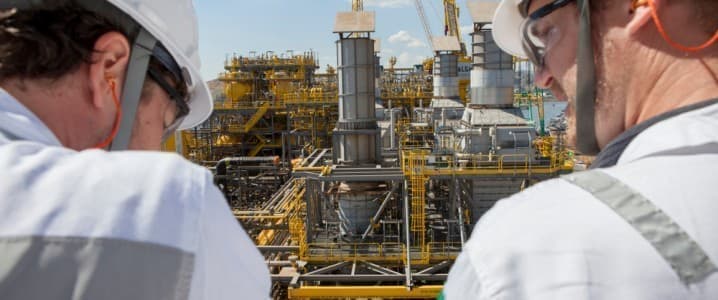The oil price outlook has recently shifted from bearish to bullish, largely due to escalating tensions in the Middle East. As conflicts in the region intensify, it has become increasingly difficult for suppliers and buyers across the oil and gas supply chain to plan effectively for 2025. Although there may be near-term challenges in the world of project sanctioning and contract awards, the floating production, storage and offloading (FPSO) sector is undergoing a significant transformation to secure a position front and center in the future of offshore oil and gas production.
FPSO Market Growth and Regional Dynamics
The FPSO market witnessed a 50% increase in investments — from $6 billion to $9 billion — related to greenfield surface capital expenditure during 2023, momentum that is expected to continue into 2024. This growth is largely concentrated in South America, particularly in Guyana and Brazil’s pre-salt fields, regions that are seeing some of the largest FPSO projects due to the significant oil reserves in their deepwater offshore fields. Several new FPSO contracts have been awarded and many vessels are now under construction. These include large FPSOs with production capacities exceeding 200,000 barrels per day, which will considerably enhance global oil production.
Over the decade, capex for FPSOs is expected to exceed $70 billion, with approximately 85% of this allocated to projects in South America, Africa, and Asia.? The scale of planned FPSO projects in these regions highlights their strategic importance in the global energy landscape. More than 90 FPSO projects were forecast to be approved between 2021 and 2030, underscoring the growing reliance on these floating production units in the global oil and gas industry?.
Technological Advancements and Carbon Reduction
As offshore oil and gas production expands, carbon dioxide (CO2) emissions are expected to grow by 27% from fields subject to an FPSO infrastructure by 2030. This is a significant concern, especially as oil majors come under increasing pressure to meet environmental regulations and reduce their overall emissions. Several new technologies are being integrated into FPSOs to reduce carbon intensity. For example, combined cycle gas turbines are being implemented to improve power generation efficiency by using waste heat, and closed flare systems are recovering gas that would otherwise be flared and reinjecting it back into the production process. Additionally, post-combustion carbon capture technology is gaining traction, although it faces challenges in terms of space and weight constraints on FPSO topsides. The drive to reduce carbon intensity in FPSO operations is crucial not only for regulatory compliance but also to ensure the long-term viability of offshore oil and gas production.
The road ahead
In summary, the FPSO sector is at a critical juncture. Investment is surging, particularly in key regions like South America, Africa, and Asia, positioning these areas as the primary drivers of future oil production growth. At the same time, the industry is grappling with the environmental impact of its activities. Efforts to adopt decarbonization technologies and improve operational efficiency reflect the sector’s growing awareness of the need for sustainable practices. As the market continues to expand, the ability to balance production growth with environmental stewardship will define the future of FPSO projects worldwide.
By Oddmund Føre via Rystad Energy
More Top Reads From Oilprice.com
Source link : http://www.bing.com/news/apiclick.aspx?ref=FexRss&aid=&tid=6712e2ed90b644caaea6c4386bced2e4&url=https%3A%2F%2Foilprice.com%2FEnergy%2FCrude-Oil%2FFPSO-Investments-Surge-Despite-Geopolitical-Uncertainty.html&c=3993363897814815711&mkt=en-us
Author :
Publish date : 2024-10-18 10:00:00
Copyright for syndicated content belongs to the linked Source.







